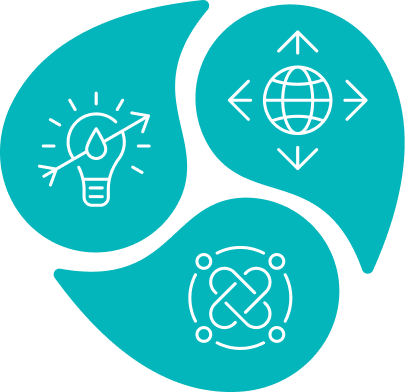As water-related activities and climate change issues are highly interlinked, a joint research project was undertaken by GWP-SAM and GWP-CAM to report the inclusion of GESI in WRM (under SDG indicator 6.5.1). Research involved conducting a comparative analysis of South American and Central American countries (including Bolivia, Costa Rica, Chile, Ecuador, El Salvador, Guatemala, Honduras, Peru) to identify the degree of gender mainstreaming in national water and climate change policies/strategies. The analysis of gender in WRM was analysed from 3 different levels: strategic (i.e., regulations, agendas, plans, policies, perspectives etc.), capacity (e.g., information management, institutional, budgets, indicators etc.), and operational (i.e., specific projects/activities for climate finance with links to water). Research comprised of two stages, consisting of a data review and interviews. Interviews were conducted with those working at ministries of environment, institutions for woman, water and climate offices, and experts in the field of water and climate. During these interviews, a survey was applied to identify country-specific responses to SDG indicator 6.5.1. on “Gender included in laws/plans or similar within water resources management”. Here, questions were divided into categories for ‘woman and girls’, ‘vulnerable people’, and ‘men and boys’. Questions included those relating to access to water (and other resources), participation, education, welfare, employment and income generation, poverty, & climate change.
For each country, data collected from the review of data and interviews together were analysed through application of the gender ladder approach. For this research an adapted gender ladder framework was applied (as so applicable to WRM). Each countries' position on the ladder was determined by the review of data (e.g., reports, laws, plans etc.) and self-assigned survey score (on a 0-100 scale) for each question asked during the interview. For every question answered, interviewees were strongly advised to provide justification (i.e., quoting form reports, data, plans etc.). Each countries’ score was calculated based on an average of the scores given for all questions within that section (or analyses level), and the average of that score across all sections (or analyses levels). If the question was deemed not applicable, that question was marked as “n/a” and not included in the overall calculation. Thresholds were defined for an evaluation (or score) card, which enabled a countries’ progress in gender mainstreaming to be ranked and compared. Categories ranged from gender sensitive i.e., “weak” or “good” (0-60 score); to gender responsible i.e., “very good” (61-80 score); to gender transformative i.e., “excellent” (81-100 score).
Lastly, outcomes of the data review and surveys were shared during a dissemination workshop with all interviewees and others included in the analyses. The purpose of this workshop was to confirm the accuracy of the data through consultation with the interviewees before it could be further analysed.

 Case study
Case study